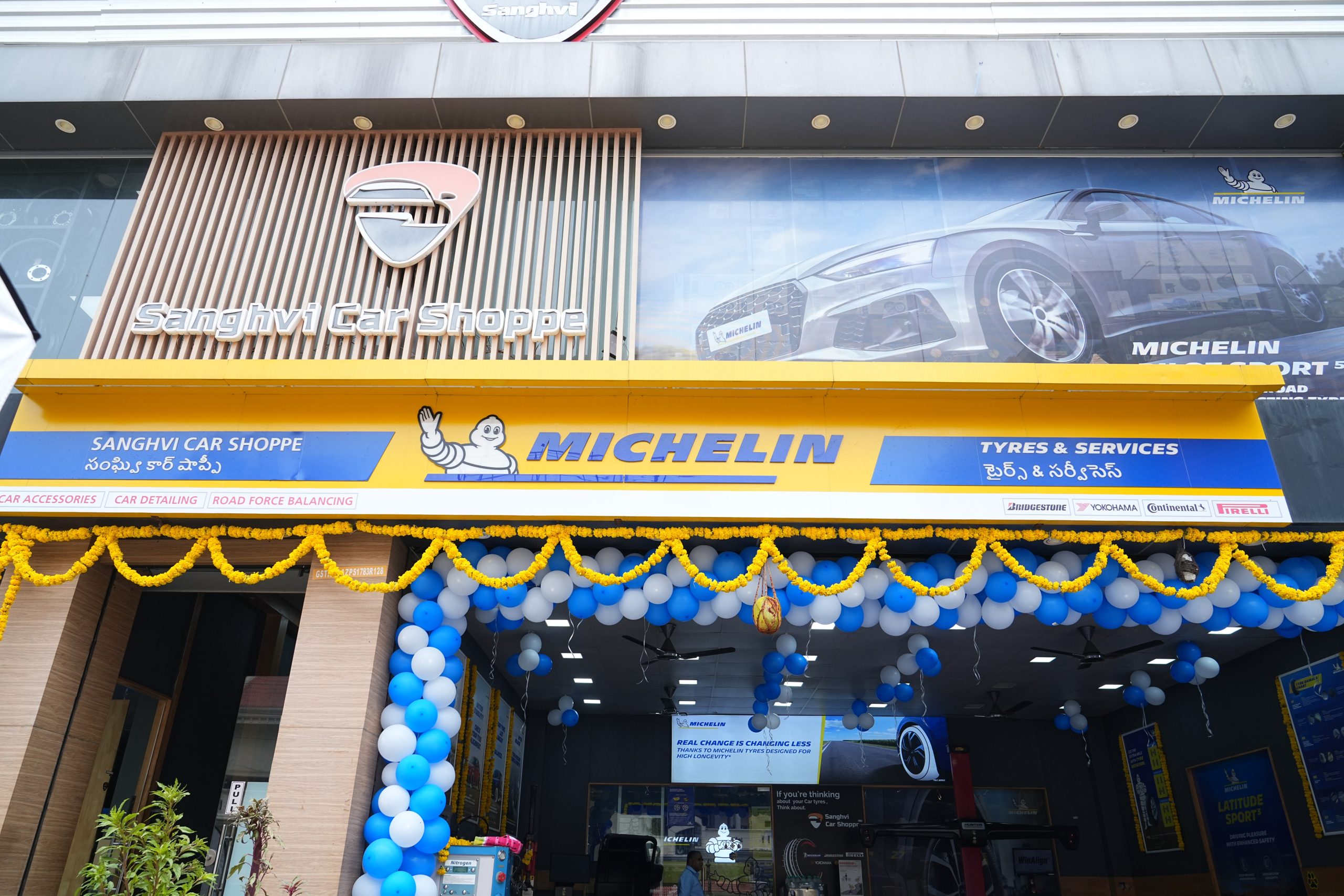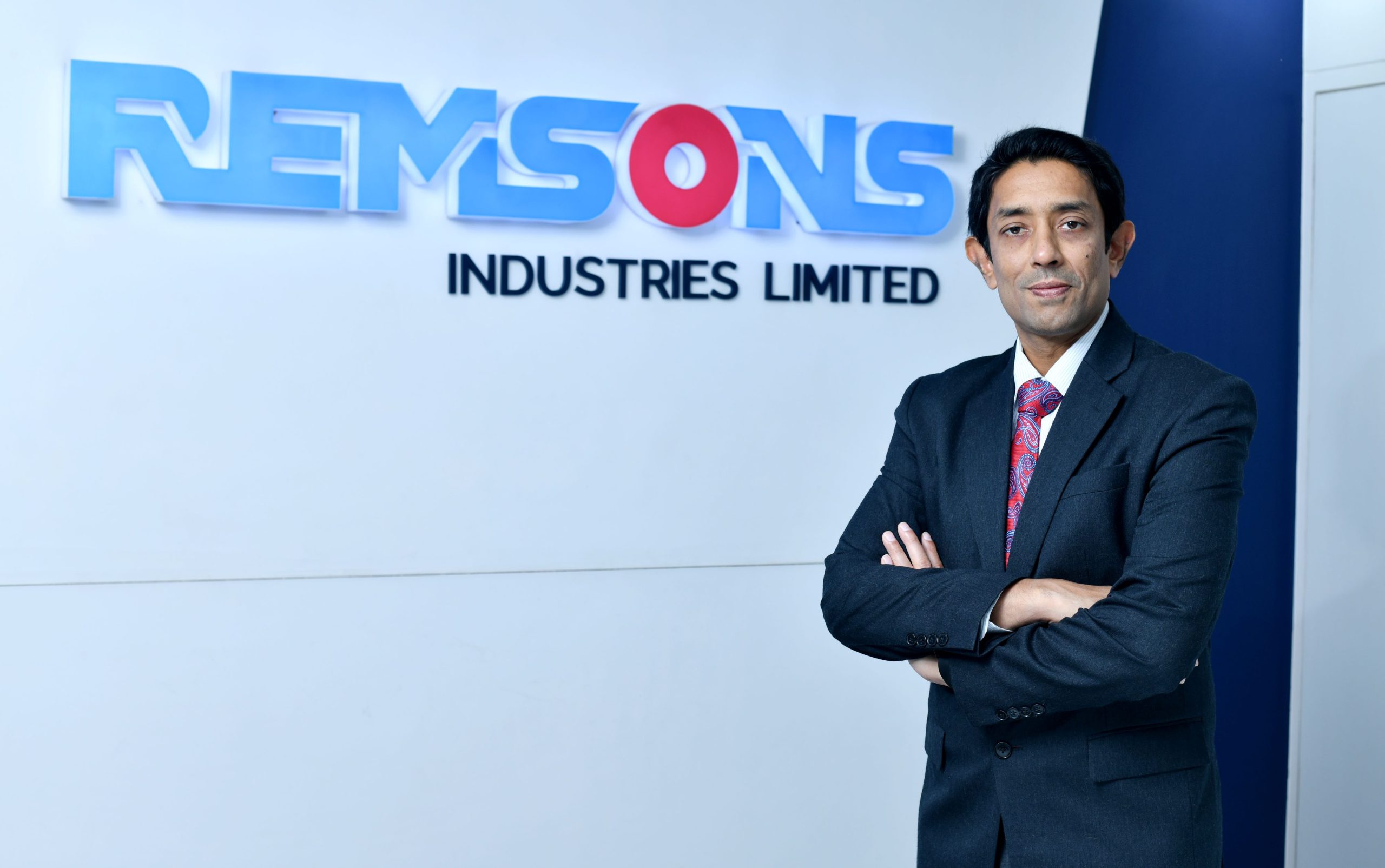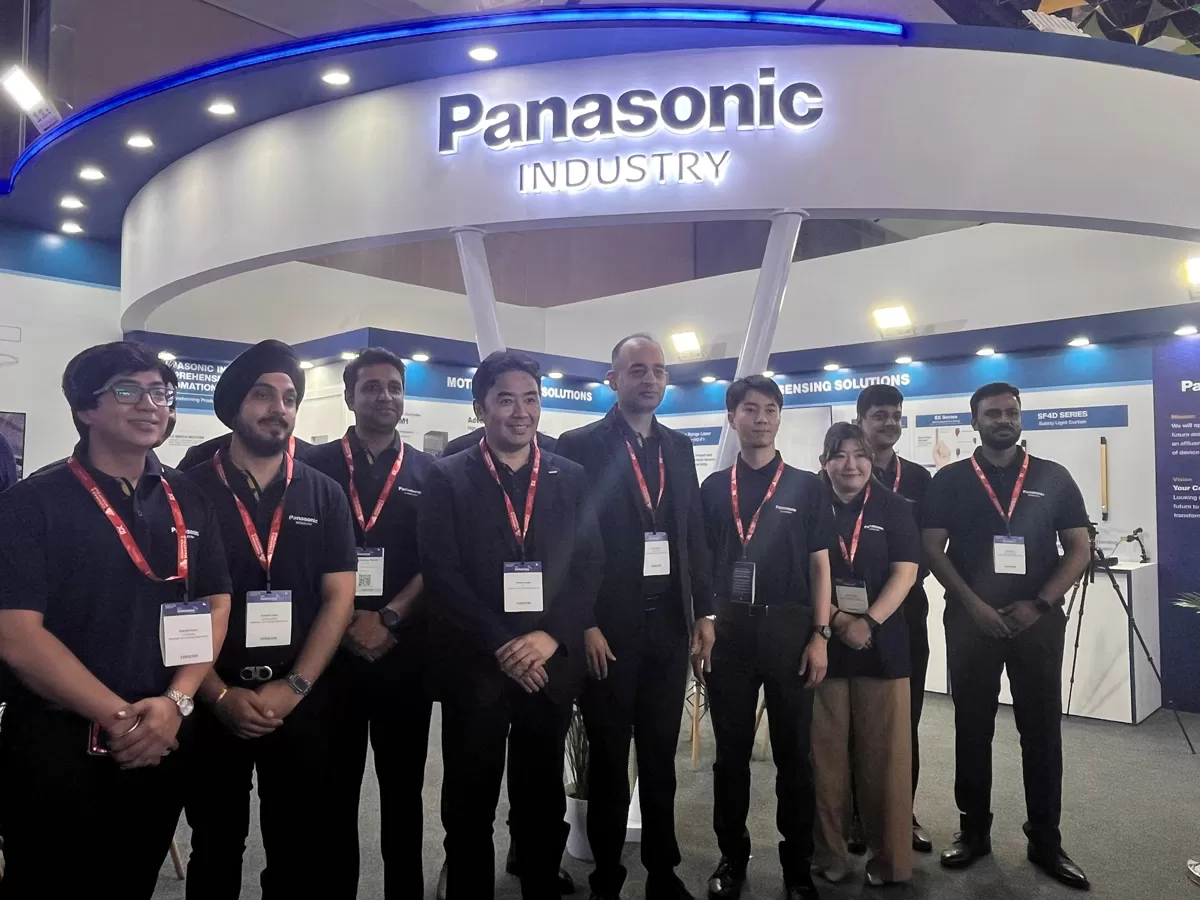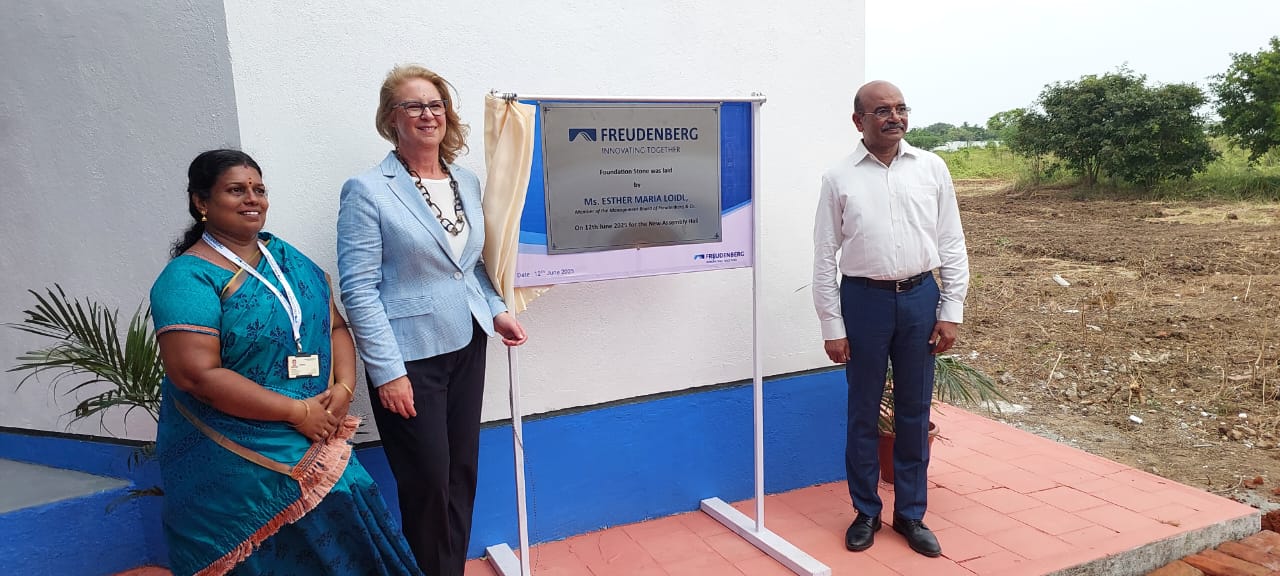The third convention hosted by ICAT on October 11 and 12, 2018 focused on new powertrain technologies, reducing emissions, moving towards BS-VI emission norms and electric vehicles.
Story by: Gunjan D Bidani & Sukhpreet Singh
The 2 day convention organised in New Delhi by the International Centre for Automotive Technology (ICAT), revolved around the future of powertrain technologies. Its timing was very appropriate as the talks on alternative fuel options such as hydrogen fuel cells, electric vehicles and others are gaining momentum. Right from large players such as Mahindra & Mahindra to analyst firms to start-ups such as TwentyTwo Motors were present at this convention discussing the importance of sustainable mobility solutions.
Dinesh Tyagi, Director, ICAT said, While electric vehicles are the way forward, hydrogen fuel should also be explored and if required, exploited for a country like India due to the volume of vehicles and the limited availability of raw materials such as Cobalt and Lithium.
P Balendran, Executive Director, MG Motor India Limited said, the Indian OEMs have improved their designs to meet the next generation demand. “Not only design, the future of vehicles will be electric as well as autonomous. Although it is out of context for a powertrain technology convention, but electronics taking care of the driving dynamics would mean lower number of accidents. The new mobility solutions would take over, but it will take some time to come to EV standards.
Charles Frump, Managing Director, Volvo Auto India, also spoke about the importance of BS-VI readiness for which Volvo as a brand has existing as well as upcoming products. The biggest challenge for Volvo would be to bring in 1 million electric cars on the road by 2025 globally. Frump also said that plug-in technology would be the way forward.
R K Malhotra, Director, Research and Development, Indian Oil said, the largest challenges for the Indian automotive market currently are the initial cost of battery and having the required charging infrastructure. The challenge also lies in the sourcing of raw materials which are not available in India. This would mean entering into a free trade agreement with lithium-rich or lithium-controlling countries. Under the new technologies, a proper ecosystem for electric vehicles as well as alternative fuels would eventually be needed to create a sustainable mobility solution.
Apart from the availability of raw materials such as lithium, which is a huge concern for India, companies including start-ups discussed how specific components in internal combustion engines can be made better.
One such company present at the convention was Zygor Energy which has proposed to various OEMs for using spark plugs and intake valves supplied by the company. Inder Sharma, Founder and Owner of Zygor Energy, stressed the need of upgrading the scale of such components which make a vehicle more fuel efficient and reduce emissions by about 25%. This is made possible by using multiple electrodes which result in better combustion of the fuel and air mixture going in a petrol-powered engine’s cylinder.
Sharma said that the new spark plugs have been thoroughly tested in the US. By getting assistance from NITI Aayog, Zygor Energy made the move to bring this technology to India. The new spark plug works on the ‘Conde Effect’ where the multiple electrodes in it are spiralled and help complete combustion. “Internal Combustion Engines are not going anywhere for another 30 to 40 years and they are here to stay,” Sharma said. During his presentation, he pointed out that the new spark plugs lowered emissions and their life cycle was substantially higher than the conventional ones. Based on the tests conducted by Zygor Enegy in the US, the spark plugs lasted over 1 lakh km.
The new components are being pilot tested in New Delhi/NCR region wherein a CNG vehicle has also been taken into account. A Maruti Suzuki WagonR fitted with a CNG kit also resulted in better fuel efficiency as well as less loss of acceleration. Such pilot projects have accelerated the understanding towards what a sustainable future for mobility could be.
Zygor Energy is working to bring about a mass-produced vehicle that has unlimited range. For that there would be 2 sets of batteries, wherein 1 battery unit would be running the vehicle, while the other unit would be charging. Sharma said that this technology would not be available in mass production in the near future.
Devesh Pareek, Manager, Electronics, ICAT, continued with the various applications where ICAT tests various automotive components at its facility in Manesar. The investment of Rs 1,100 crore for these facilities is in line with the testing for premium products as well as components which are coming up in the advent of electric mobility. He said that ICAT encouraged start-ups to test their new mobility solutions in its test facilities. He supported new mobility solutions such as electric vehicles. He said, “In an electric vehicle the losses that happen at the wheel for the energy transferred from a battery are substantially less than in an internal combustion engine.”
Pareek believes that an electric powertrain which is already efficient can be made better by using better electronics. ICAT has the capabilities to update electronics such as controllers etc which do most of the decision-making in a vehicle without major modifications. Regeneration of energy such as regenerative braking is also another area where ICAT is working. Pareek said that if regeneration of energy can happen, it will increase the overall efficiency of a vehicle, especially in the electric powertrains.
An experiment conducted by ICAT at one of its test facilities showed that for heavy vehicles used in public transportation, regenerative braking is imperative. Pareek said that a rugged electronic system should be able to withstand the high current values during regeneration of electricity and similarly the battery needs to be able to withstand the high current for a short period of time.
Sameer Jindal, Director, MG Motors India, spoke about the trends in China. He spoke on the trend of electric vehicles in China and elaborated on a possible model for India, which may not be the same as China’s, but similar. Jindal said heavy incentives by the Government and further support by the local government bodies, greatly pushed forward the e-mobility solutions.
The convention revolved around new and sustainable powertrains that would propel the vehicles of the future. Right from public transport, to commercial vehicles to agricultural equipment and others, the most important aspect has been the ability to conceive a sustainable mobility solution with minimum carbon footprint.











Leave a Reply